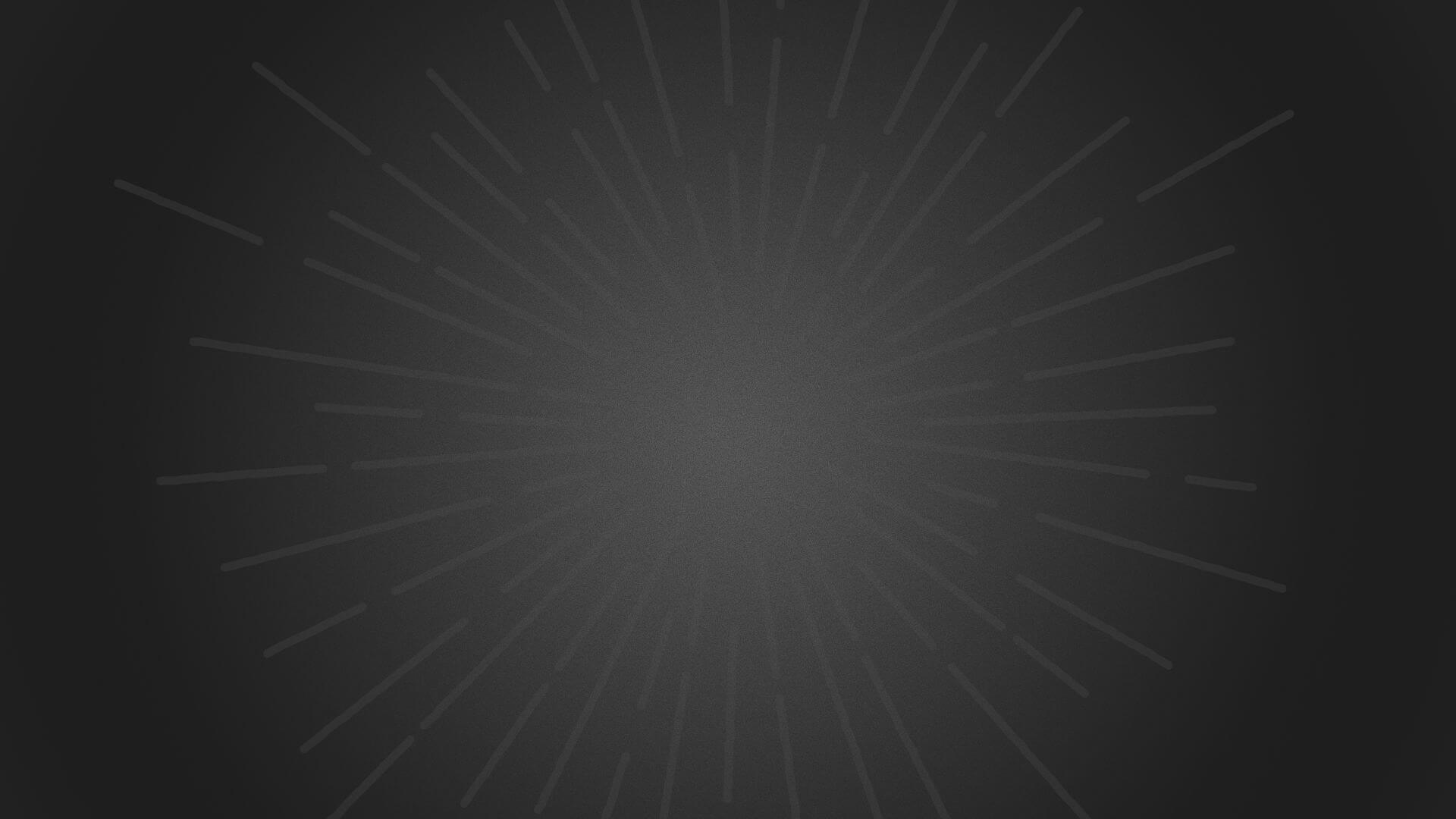
How Do Humbuckers Work?
We all know the sound – that pesky buzz that can ruin a perfect take in the studio, or distract your audience when playing live. We’re talking about 50-60 Cycle Hum – the annoying interference that can really have an effect on your playing and tone. Today, we’re going to talk about Hum: where it comes from, and answer our main question: How do Humbuckers Work?
Table of contents
WHAT IS HUM?
Hum is an electromagnetic interference generated from AC current. Anything that is plugged into your main power lines is being supplied with AC, so, in theory, a multitude of household devices can emit Hum. Hum can be external or internal. External Hum is usually Electromagnetic Interference, or EMI. This is an electromagnetic signal from outside your guitar and is picked up by the pickups. Causes of this could be:
- Transformers (Outside, Wall Warts, Power Supplies)
- Dimmer Switchs
- Computers
- Fluorescent Lightbulbs
- Your Guitar Amp (!)
You can test to see if your Hum is external by plugging your guitar in to your amp, hearing the Hum, and either unplugging your guitar or rolling down your volume. If the Hum disappears, you have EMI, or External Hum. (We can help you here!) If you still experience hum when you disconnect your guitar, your hum is further down the signal chain, like your pedals or your amp.
HOW DOES HUM ENTER YOUR SIGNAL?
Through your pickups!
Your pickups are like microphones or antennas for magnetic energy. As the signal emitted from these devices (see list above), your guitar’s pickups act as an antenna and “picks up” or “receives” the signal. Once the pickup receives the signal, it induces a tiny amount of voltage in the coil which is sent to the amplifier to be amplified louder.
Single Coil Pickups are the main culprits here. If you want to eliminate 60 (or 50 in other parts of the world) cycle Hum, you need to eliminate Hum at the source – this is where Humbuckers come in!
HOW DO HUMBUCKERS WORK?
Seth Lover patented the guitar humbucker in 1955, and the Humbucker has gone through many, many variations of its design since then. There are many ways to get hum-canceling – all of which use two coils. You can stack the coils, create a dummy coil, use a Left / Right design (see our Split Blade or Split Jazz Bass), or a simple Side By Side (like a Gibson Humbucker). A Humbucker works by using two coils and reversing the coil direction and the magnetic direction of the second coil.
Let’s first talk about Single Coil guitars, like a Strat or a Tele. When you use positions 2 (or 4) on your Strat or Tele, you notice that the Hum disappears from the signal. This is just one of the ways to make a hum-canceling pair. In a Strat, you have your Bridge wound one way, and magnetized one way. Your Middle Pickup is completely opposite – in Coil Direction and Magnetic Direction. Take a look at the image below.
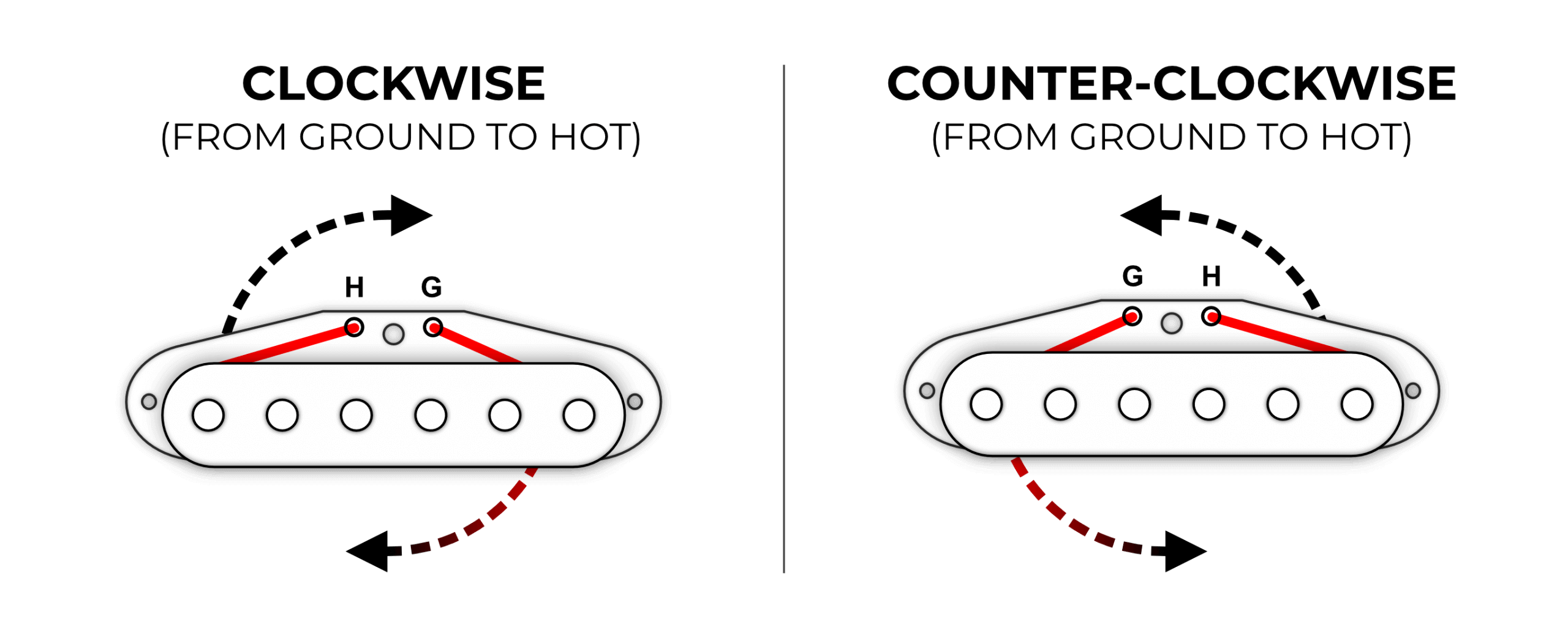
So, how do Humbuckers Work? When you choose just the Neck, for example, you get Hum. When you combine the Neck with the Reverse Wound / Reverse Polarity Middle, the Hum gets canceled out. Two coils put into the same pickup looks like this:
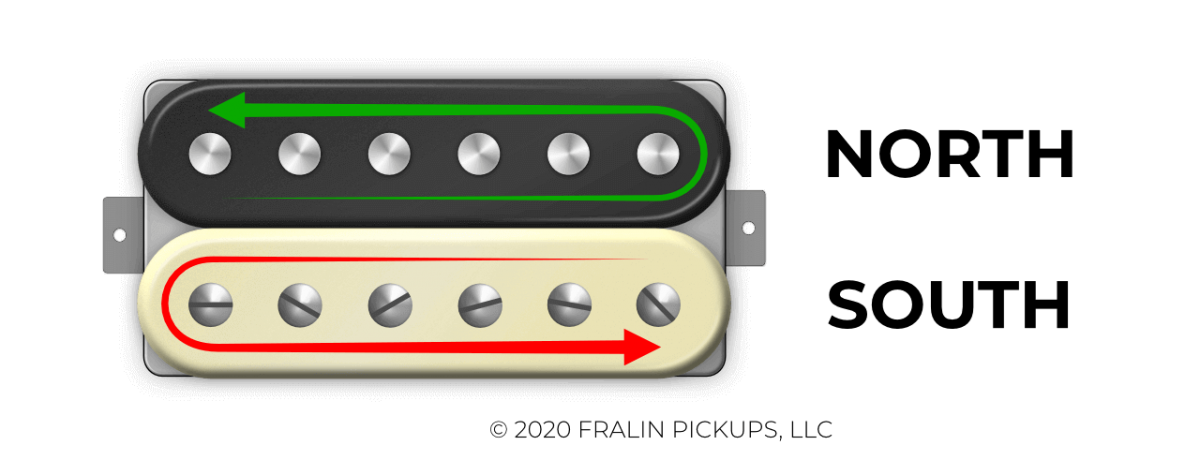
WHAT’S HAPPENING?
EMI, or Electromagnetic Interference, doesn’t need a Magnet to get picked up. The coil itself really acts as an antenna for EMI. It can ignore the magnetic pull (the Magnet is really for the Strings.) When this happens, it looks like this:
COIL 1:

The Black line represents the Guitar’s signal, and the Red line represents the Hum. Another coil wound in the opposite direction would cancel out the hum. HOWEVER: your pickups are now out of phase. We can fix this by reversing the magnetic direction again, to put them back in phase. Remember that the EMI ignores the Magnet? Well check this out – Here’s what happens when we add another RW/RP coil:
COIL 2:

The Guitar’s signal is in Phase, but the Hum’s phase it reversed! Let’s put it all together:


There you have it. As you can see, the Guitar Signal is still in phase by reversing the Coil Direction AND the Magnetic Direction, but the Hum is out of phase with itself, canceling itself out. Goodbye, Hum!
We hope this helps demystify a classic guitar pickup. There’s plenty of ways we achieve hum-cancelling – take a look at our Humbuckers page to see what designs we’ve chosen!
Comments
16 Comments For This Post
Leave A Comment
Want to chime in to the conversation? Please do so! Please respect others.



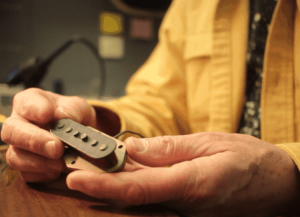
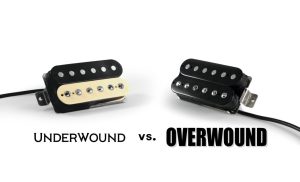
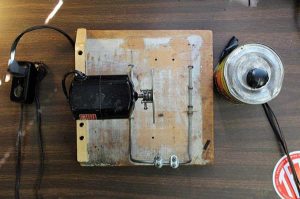
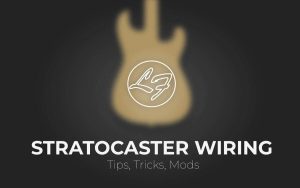
In your graphs, if we agree the hum is 60Hz (or 50Hz), then you are representing the signal as a fundamental of about 15Hz (or lower), which is far below even the lowest note on a bass guitar.
Great explanation thanks.
One question I’ve always wondered why on a humbucker only one set of pole pieces is height adjustable?
Some humbucker models do feature two screw coils, but your traditional models have steel slugs on one side, and adjustable screws on the other. It’s just the way Seth Lover designed it.
Is the hum canceled or do our ears perceiving silence. Like noise reduction headphones. In the headphones the noise outside is not removed but an inverted sounds is introduced and we hear silence. Both the noise and anti noise is still present cause you couldn’t possibly remove the outside noise.
Hey Mat, thought I’d respond to your question “How does the polarity reversal cancel hum but not the sound of the strings?”. It’s a great question that requires a little more physics. They key point is that the hum is generated *purely by the coils acting as “antennas”*, and hence winding them in opposite directions cancels the hum signal from each. That would happen no matter whether there was a magnet or not in each coil, or whether the magnet poles in each coil were the same or opposite directions, because the EMI *doesn’t need the magnet* to induce a voltage in the coils. The vibration of the strings *does* require the magnet to generate the coil voltage. Basically, this is because the motion of the string as it vibrates in the magnetic field of the pickup poles changes the “shape” and strength of the magnetic field and it is this *changing magnetic field* that creates (“induces”) the voltage in the coils around the magnet pole piece. By reversing both the polarity of the magnet AND the coil winding direction you end up with coil voltages in the same direction: changing the magnet polarity would put the signals out of phase, but changing the winding direction as well puts them back into phase. If you want to look deeper at the physics of this, refer to Faraday’s Law of Induction and Lenz’s Law. Cheers, Steve.
Dear Tyler,
I believe your humbucker diagram is incorrect. Both coils are shown being wound counter-clockwise. I believe one of them is supposed to be going clockwise. I’m here learning why the two outer wires get soldered together on a 4 wire pickup to make it in series, so maybe I’m incorrect. LOL I think I understand it now from the color code article, which is why I came back to clarify that diagram. Best Regards.
Hey Eric, I see how you’re getting confused here. There are a few ways to “reverse wind” a coil. We actually wind all of our coils in the same direction and wire one in reverse. So, the clockwise direction of one coil is reversed when the output of one coil becomes the input of the other coil.
I have a somewhat stupid question so please forgive my naivety.
I have seen many builders wind their humbuckers with both coils being wound counter clockwise, but each coil still having its own polarity. If I understanding correctly, you’re stating that each coil should have its own polarity as well as opposite winding directions. This makes absolute sense to me, hence my confusion when I see that other builders chose to wind both coils in the same direction. Any wisdom you could share on this topic would be truly appreciated.
Thank you for these extremely informative blogs, they’re immensely helpful!
Great explanation!
My questions are as follows:
I recently purchased an ES-335 and never noticed before that the neck pickup on Gibson’s are angled (the front of the humbucker is lower than the back) . Do you know why this is setup this way? Also, does it have any impact on tone? Are there any benefits/detriments in reversing the mounting ring to make the pickup flat/parallel to the strings?
I cant seem to find answers to those questions and would like to know before I replace the factory pickups w/ yours.
Thanks in advance!
Tyler – Thank you for the helpful article. May I ask a related question? I wish to build a guitar that would be useful on a “rock gig”, at least as I conceptualize that idea. Among many other design considerations, I wish to incorporate 2 “P-90 style” pickups, and only 1 volume and 1 tone pot with a 3-way selector switch. Is there a way to wire the pickups so the 2 P-90s are hum-cancelling when both pickups are selected? Thanks –
Hey Ed, yes, this is possible. In fact, this is the default operation of our P90s. You would just need to make sure that you have a reverse-wound, reverse polarity (RW / RP) set of P90s. All wiring would be completely normal from that point on – the pickups would go to the switch first, then to the volume pot.
Hi Tyler, great article. I have a couple follow up questions. To keep my question clear I’m going to use the term left lug & right lug. In the single coil illustration above lets say it is South up on the clockwise wound coil and it produces a “meter up” when steel is pulled away on the left lug with the positive lead of the multi-meter connected to it. If the coil was North up it would produce a “meter down” on the left lug- correct? Now if we reverse the winding direction along with North up, would that reverse it back to a “meter up” reading on the left lug, hence putting it back in-phase with the South up clockwise PUP? If my understanding is correct, then wouldn’t I want to use the left lug as my hot lead on both coils? I got confused when I saw the illustration labeling the right lug as hot on the counter-clockwise PUP. Hope this question makes sense.
Second question is regarding humbuckers. I have taken a few humbuckers apart (not any Fralins though) only to find that both coils are physically wound in the same direction. But since both “finish” ends are connected together and since they have opposite polarities they are connected in serial and in phase (+white finish to -black finish). So does this mean they are actually not a humbucking set…that they are only in-phase? Does the winding actually need to be reversed and then have the finish of coil one connect to the start of coil 2 in order to be in-phase and humbucking? Hope to hear back from you on this.
Hey Butch,
Thanks for the kind words!
Regarding your first question involving metering. Yes. If you have a South Up, Clockwise pickup and it meters up, reversing one attribute (magnet or coil) will cause the pickup to meter down. Reversing the other attribute will get the pickup to meter up again.
I think I understand your question, but let me know if I need more clarification. Since these pickups are reverse-wound, if you were to use your White lead as the hot lead and the next pickup’s Black Lead as a hot lead, you run the risk of making the magnets “hot” on that pickup. On single-coil Strat and Tele pickups, the first wraps of wire around the magnets is the black lead. When grounded, your magnets are connected to ground as well.
Regarding your second question, since the magnet wire is physically separated from the pole pieces via the plastic bobbin, you can interchange the leads at will without running the risk of making your pole pieces “hot”.
Let me know if you need clarification!
excellent article and well written too. every picture tells a story,,,,dont it.
Hey Tyler,
How does the polarity reversal cancel hum but not the sound of the strings? If the 2 coils were in the exact same place would they theoretically cancel the sound of the guitar as well? In that case, does the use of a humbucker or 2 single coils result in some phase cancellation based on position? Is there a way to calculate which frequencies will be affected? If this is the case it would seem like the split pickup is a brilliant solution because the reversed coil is not on the same strings. I ask this because I have a new PJ bass and each pickup sounds good by itself but together they sound out of phase. Perhaps they are supposed to be, though the J pickup could only be out of phase with one half of the split pickup, right?
Thank you so much! Getting my first guitar, it has a humbucker and I was wondering how it worked. It makes total sense now!